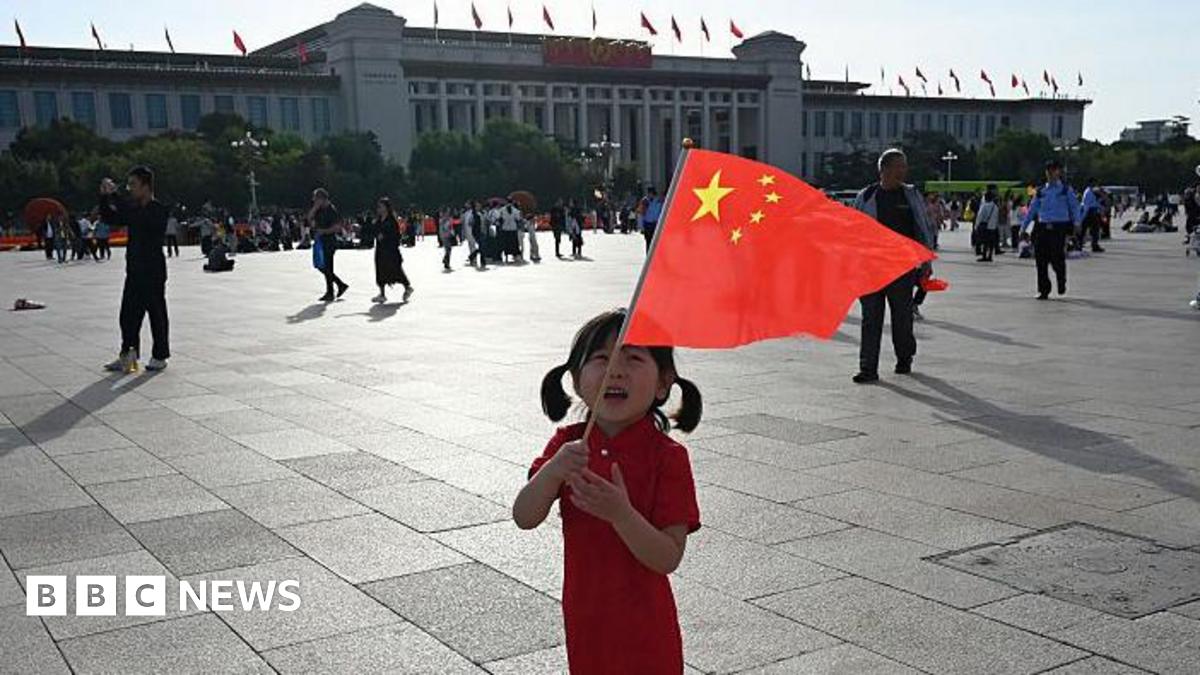China’s top leaders are gathering in Beijing this week to decide on the country’s key goals and aspirations for the rest of the decade.
Every year or so, the country’s highest political body, the Central Committee of the Chinese Communist Party, convenes for a week of meetings, also known as a Plenum.
What it decides at this one will eventually form the basis of China’s next Five Year Plan – the blueprint that the world’s second largest economy will follow between 2026 and 2030.
The full plan won’t come until next year, but officials are likely to hint at its contents on Wednesday and have previously given more details within a week of that.
“Western policy works on election cycles, but Chinese policy making operates on planning cycles,” says Neil Thomas, a fellow in Chinese politics at the Asia Society Policy Institute.
“Five Year Plans spell out what China wants to achieve, signal the direction the leadership wants to go in and move the resources of the state towards these predefined conclusions,” he adds.
On the surface, the idea of hundreds of suited bureaucrats shaking hands and drawing up plans may appear drab – but history tells us that what they decide often has huge repercussions for the world.
Here are three times China’s Five Year Plan reshaped the global economy.
